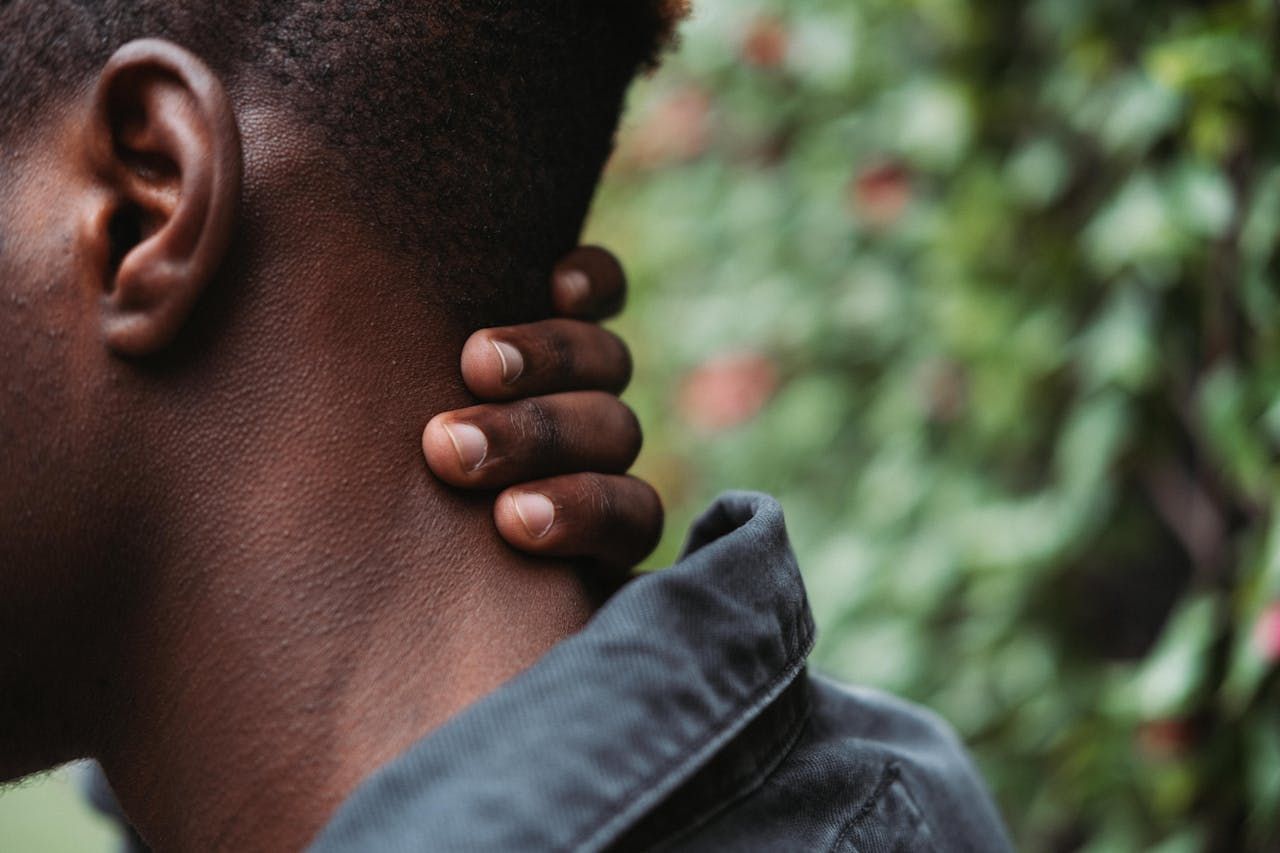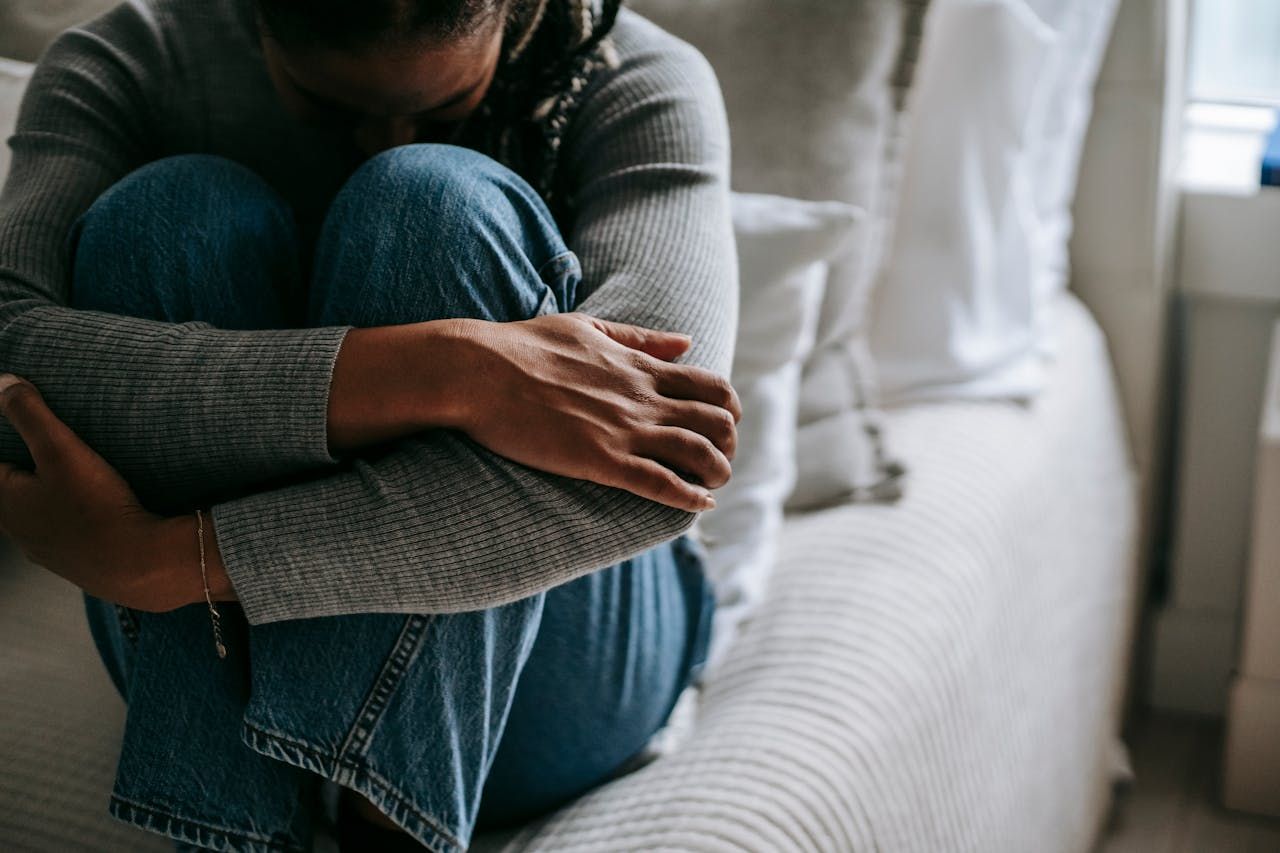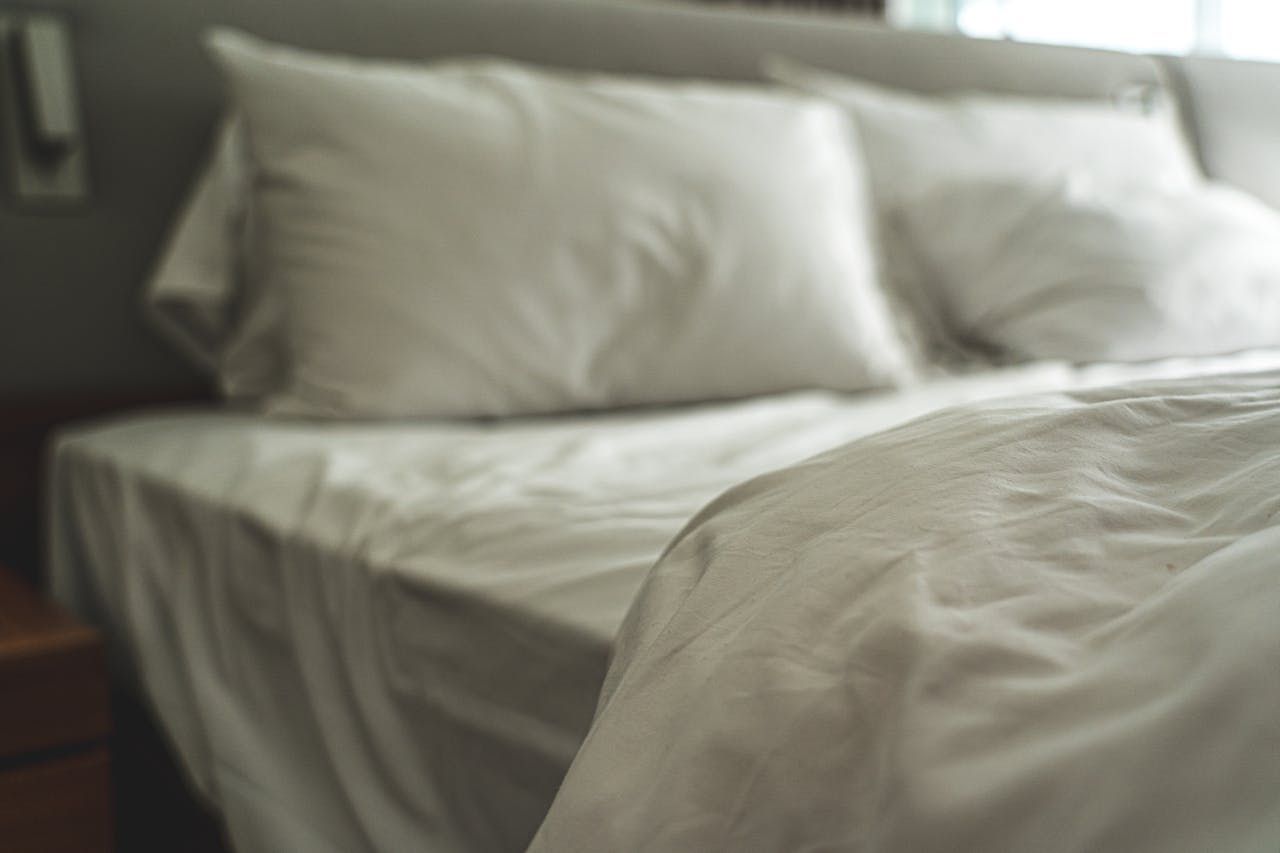How To Sleep With Cervical Spondylosis

If you're suffering from cervical spondylosis, getting a good night's sleep might feel impossible.
Neck pain that persists throughout the night is nothing short of exasperating.
But luckily, there are solutions out there.
How Cervical Spondylosis Affects Sleep
Since symptoms of cervical spondylosis include neck stiffness and pain, it can be challenging to find a comfortable sleeping position.
Not being able to sleep with cervical spondylosis can start an unfortunate cycle.
Sleep is critical to healing. Damaged tissues heal at a faster rate during sleep, and adrenaline released through wakeful stress prevents cell division needed for healing (Adam and Oswald, 1984).
So, without good sleep, the body can’t soothe the condition.

The Best Pillow For Cervical Spondylosis
Sleeping positions for cervical spondylosis always come back to how well your neck is supported, which is why the best pillow for cervical spondylosis is the Groove Original Pillow, with its cervical dip and crafted from memory foam.
When looking for a memory foam pillow for cervical spondylosis, “cervical pillows” that have a dip in the middle for your neck are a great idea.
They provide extra support and pain relief by supporting your neck and shoulders.
It is also made from memory foam which has viscoelastic properties. This basically means that they mould to your body and remove any excess strain, giving you a weightless feel.
Shop The Groove Pillow NowHow To Sleep With Cervical Spondylosis
Learning how to sleep with cervical spondylosis is easy with a proper pillow, the proper routine and sleeping positions.
Sleeping Positions For Cervical Spondylosis
The best sleeping positions for cervical spondylosis are on your back or on your side.
However, your main goal should be to support your neck regardless of your sleeping position. Keep your neck and spine in an untwisted position while you rest, decreasing strain and improving posture.
If on your back, you should look upwards and use a pillow under your head to support your neck.
If on your side, you must ensure that your head and neck look towards the side you’re sleeping on. Likewise, you should keep your back and spine straight to avoid any extra back pain or neck strain.

Pre-Bedtime Routines For Cervical Spondylosis
Pre-bedtime routines can help you alleviate your symptoms before bed, resulting in a more restful night.
Gentle neck stretching exercises are a popular option. These focus on strengthening the neck muscles and shoulder blades, thus relieving pain and improving your strength.
Common cervical spondylosis exercises include:
- Prone Rows — Lie on your stomach with one arm off the side of the bed. Make a rowing motion by moving your arm to the ceiling as you bend your elbow. Squeeze your shoulder blades down and hold for a few seconds. Repeat on each arm for ten reps.
- Robbery Exercise — Target the lower part of the trapezius muscle by standing with both arms straight at your sides. Lift your arms to the side at shoulder height and bend your elbows to 90° angles. Squeeze your shoulder blades down and hold for 5 to 10 seconds.
- Chin Tucks — Lie on your back with your arms at your side. Nod your chin inward (give yourself a double chin) and hold for 10 seconds. Release and repeat.
Another way to prepare your neck before sleep is via heat therapy. Thermo-therapy has been proven to reduce pain and increase soft tissue flexibility (Farahbod, 2014).
Resting a hot water bottle on your neck for half an hour before bed is a great way to relieve pain or stiffness. Be careful to let the bottle cool down so you don’t burn yourself.
Shop Groove PillowsThe Bottom Line
If your neck pain persists for weeks or becomes increasingly more painful, contact a doctor for professional medical advice.
Similarly, if you notice a decrease in mobility, pain or numbness in the extremities, or a loss of bladder or bowel control, contact a medical provider immediately.
Learn more about the Groove Pillow online today. Or jump to our blog for more expert advice.
References
- Adam, K. and Oswald, I. (1984). Sleep helps healing. British Medical Journal (Clinical research ed.), [online] 289(6456), pp.1400–1401. Available at: https://www.ncbi.nlm.nih.gov/pmc/articles/PMC1443671/?page=1.
- Alhola, P. and Polo-Kantola, P. (2007). Sleep deprivation: Impact on cognitive performance. Neuropsychiatric disease and treatment, [online] 3(5), pp.553–567. Available at: https://www.ncbi.nlm.nih.gov/pmc/articles/PMC2656292/.
- Catherine, M. (2013). Cervical stenosis – PM&R KnowledgeNow. [online] Aapmr.org. Available at: https://now.aapmr.org/cervical-stenosis/.
- Farahbod, F. (2014). The Efficacy of Thermotherapy and Cryotherapy on Pain Relief in Patients with Acute Low Back Pain, a Clinical Trial Study. JOURNAL OF CLINICAL AND DIAGNOSTIC RESEARCH, 8(9). doi:https://doi.org/10.7860/jcdr/2014/7404.4818.
- Mayo Clinic (2018). Cervical spondylosis - Symptoms and causes. [online] Mayo Clinic. Available at: https://www.mayoclinic.org/diseases-conditions/cervical-spondylosis/symptoms-causes/syc-20370787.

